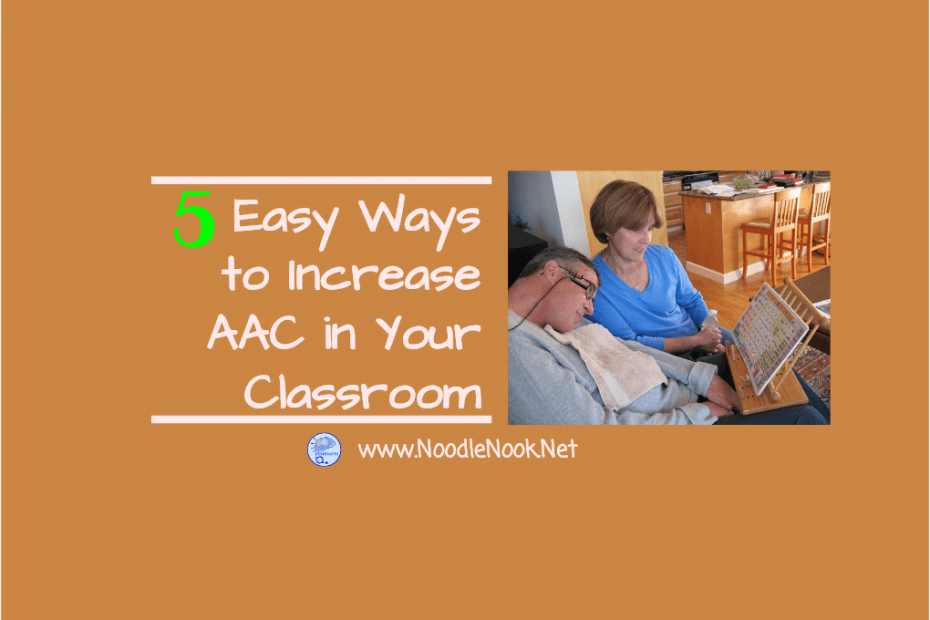IEP De Minimis
The Supreme Court found that we need to do more than de minimis… but what does that even mean?
5 Ways to Guarantee you’re more than minimus to keep your IEPs out of court!
Supreme Court Ruling in a Nutshell
Several federal laws established how we educate students with significant disabilities. That includes IDEA (the Individuals with Disabilities Education Act) and FAPE (Free Appropriate Public Education). The United States Supreme Court heard the Endrew F. vs. Douglas County School District case and ruled providing FAPE requires we “enable the child to make progress appropriate in light of his circumstance”.
That, my friend, is as clear as mud. I have heard campus administrators, classroom teachers, and parents of students with disabilities all talking about how this ruling will revolutionize how we educate students with significant disabilities. I, however, am not sure there will be much of a change.
In order to shed some light on the subject, let’s break this down.

















